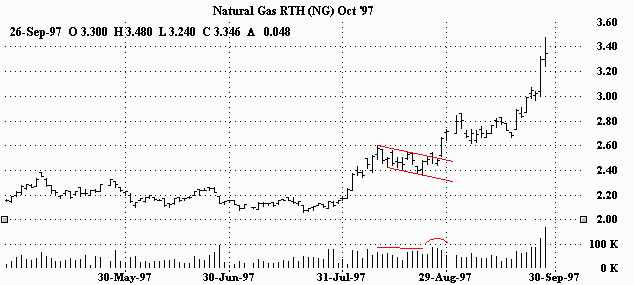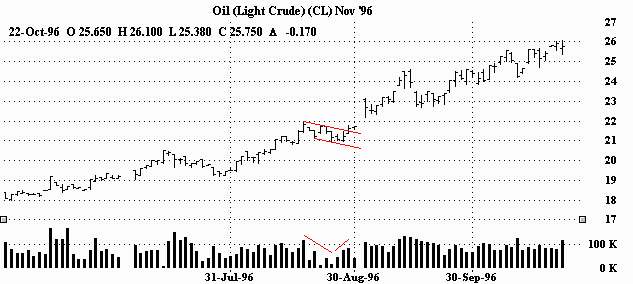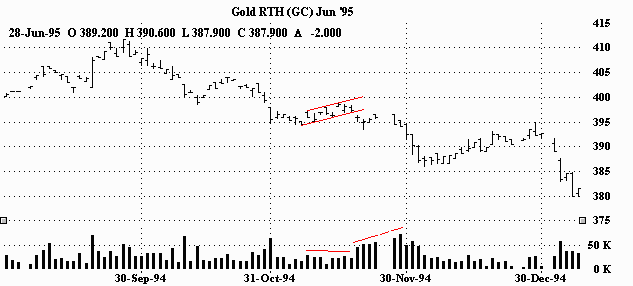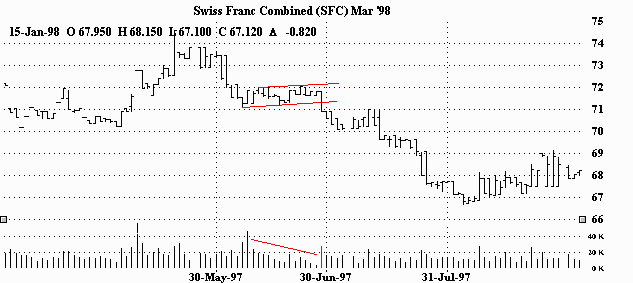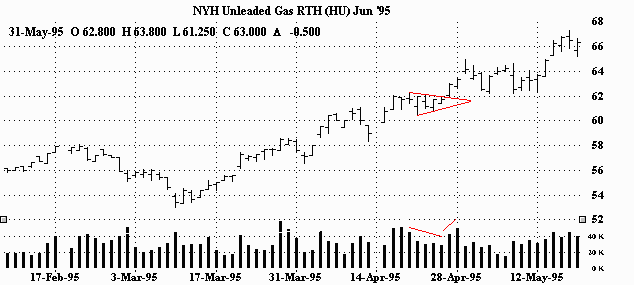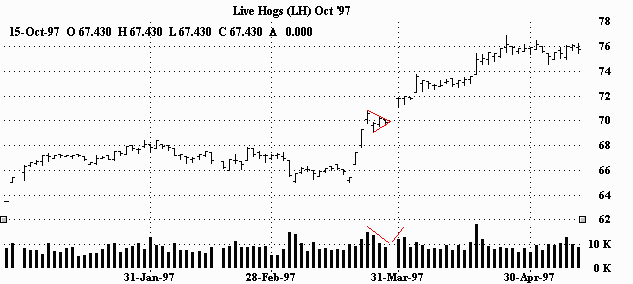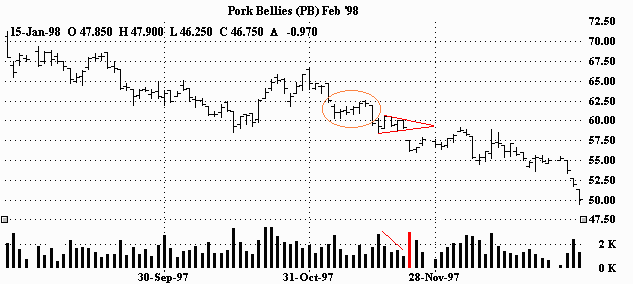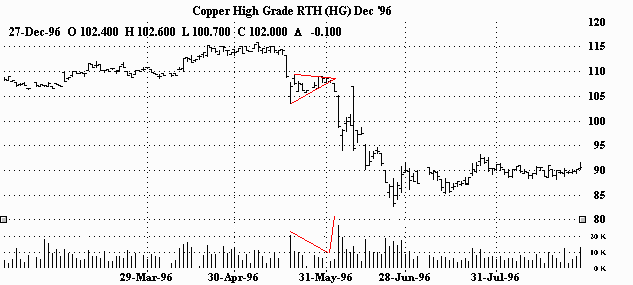HONG KONG (Reuters) -- Chinese stocks sank 6% to a three-month low on Monday, weighing on Asian stocks and sapping investor willingness to put money at risk.
Meanwhile the yen rose sharply after Japanese voters swept the opposition into power.
The election results, while widely anticipated, sparked some short-term buying of yen on hopes that new policies will support consumer spending in an economy trapped in deflation and haunted by a weak growth outlook, though domestic stocks slipped on exporter weakness.
Major European stock futures fell 0.9%, following commodity prices lower, in trade thinned by a holiday in London. U.S. stock futures fell 0.6% and U.S. Treasury futures were up 0.2%.
Outside of Japan, volatility in Shanghai, a market largely closed to foreigners, has curbed risk taking and has been weighing on the Australian dollar, which is a common target for investors searching for bigger returns because of its relatively high yields.
Shanghai-listed shares dropped 6.2% on the day, on track to post losses of 21 percent in August, only the second month that the composite index has fallen more than 20% in the last 15 years.
The index also crucially dropped below the 125-day moving average, what is viewed by many domestic investors as the threshold for bear and bull markets.
Fears that banks will rein in their lending after a torrid first six months of the year and an abundant supply of expected new shares have been knocking Chinese shares lower for the last month, often weighing on global investor sentiment about holding riskier assets.
Shares of Bank of China, the country's biggest foreign exchange lender, were down 3.9% in Shanghai and the top drag on the market. Hong Kong's Hang Seng dropped 1.8% to a one-month low in sympathy with Shanghai.
Tokyo's Nikkei share average fell 0.4%. Large exporters Canon Inc (CAJ) and Honda Motor Corp (HMC) were among the biggest drags on the Nikkei, losing around 3.3% and 1.8%, respectively, on the stronger yen.
Australian stocks also performed relatively well, falling only 0.2%. Shares of Australia and New Zealand Banking Group Ltd jumped 4.1% after the country's fourth-largest lender said it was starting to see bad debt provisions bottom out.
The MSCI index of Asia Pacific stocks traded outside Japan slid 1.3%. The selling was widespread, hitting the consumer discretionary, energy, telecommunications and materials sectors.
Stock valuations questioned
Asian stocks are trading at a price-to-book valuation of 1.1 times, above the 30-year average of 0.7 times and around the same level at the peak of the last bull market.
Investors since March had been justifying the premium based on the region's growth prospects and its expected speedy recovery from the global downturn. Yet in August developed markets, such as the United States and Europe, have attracted investors away from emerging markets thanks to better economic data.
The Asian stock rally sputtered in July and August for two reasons, according to Mark Matthews, Asia Pacific strategist with Fox-Pitt Kelton in Hong Kong.
"The first is that the U.S. in particular and the developed world in general are experiencing economic recoveries that are more robust than previously expected. The second is that there is policy shift in China, and even the doves there are happy that asset prices are no longer rising quickly," he said in a note.
Yen for yen
In the currency market, the yen got an early boost on the clear-as-day election result, which eliminated any uncertainty about Japan's political leadership. The sharp selloff in Shanghai equities also supported the yen as dealers sought a safe haven.
The U.S. dollar fell 0.7% to ¥92.75, the lowest since July 13, and the euro dropped 1% to ¥132.28.
The sharp decline in Chinese stocks "has muddied the picture as well as to whether it's a reaction to the election victory or risk aversion. It's probably a bit of a combination of both," said a dealer at a European bank in Hong Kong about the yen strength.
The Australian dollar was off 0.6% to $0.8373, though was largely unchanged in August.
The yield on the benchmark 10-year U.S. Treasury note slipped to 3.43%, down sharply since hitting 4 percent on June 10.
The creeping rise of risk aversion in markets pushed down oil prices, with U.S. crude for October delivery down 0.7% to $72.22 a barrel. To top of page
===> Click
BACK TO CHAT BOX

